U.S. Faces New Challenge: China’s Megaport in South America
In the world’s largest market, fishermen, pelicans, and many resources that shape almost everyone’s daily lives, the United States has held a stronghold over the trading ports along South America’s Pacific coast.
However, the US faces its biggest modern threat: opening a new megaport that could potentially destabilize the US economy even further.
China Builds a Megaport
China is building a megaport in one of the world’s most important trading regions. This port is crucial for trade between countries and has long been under US influence.”
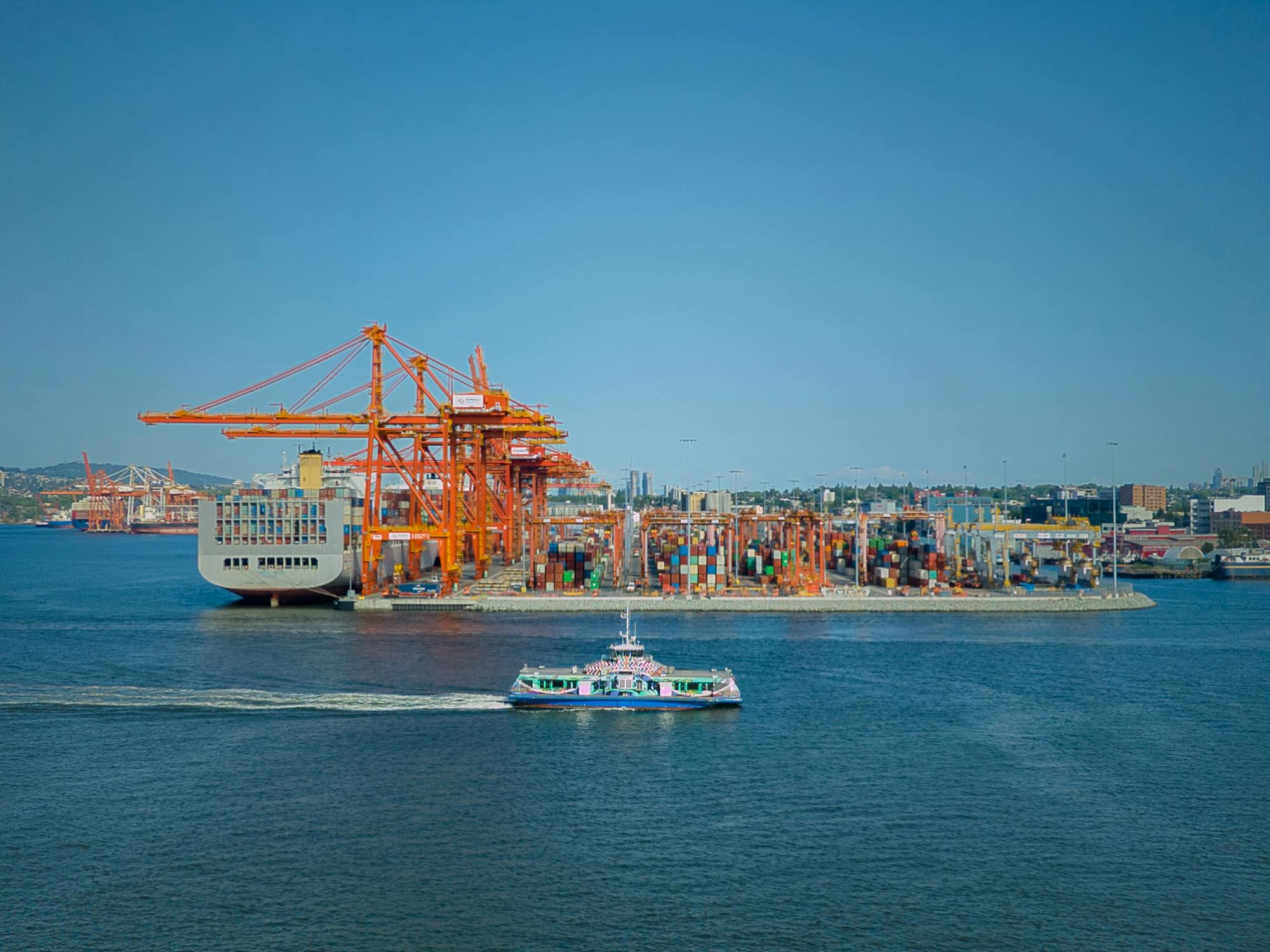
Source: Kim Parco/Pexels
Now, Chinese leader Xi Jinping is expected to inaugurate the new port at the end of the year, marking his first trip to the continent since the COVID-19 pandemic.
A $3.5 Investment
The $3.5 billion port, funded by Chinese bank loans, will be located 50 miles north of Peru’s capital, Lima. This will be the first port on South America’s Pacific coast that can receive megaships because of its nearly 60 feet of depth.
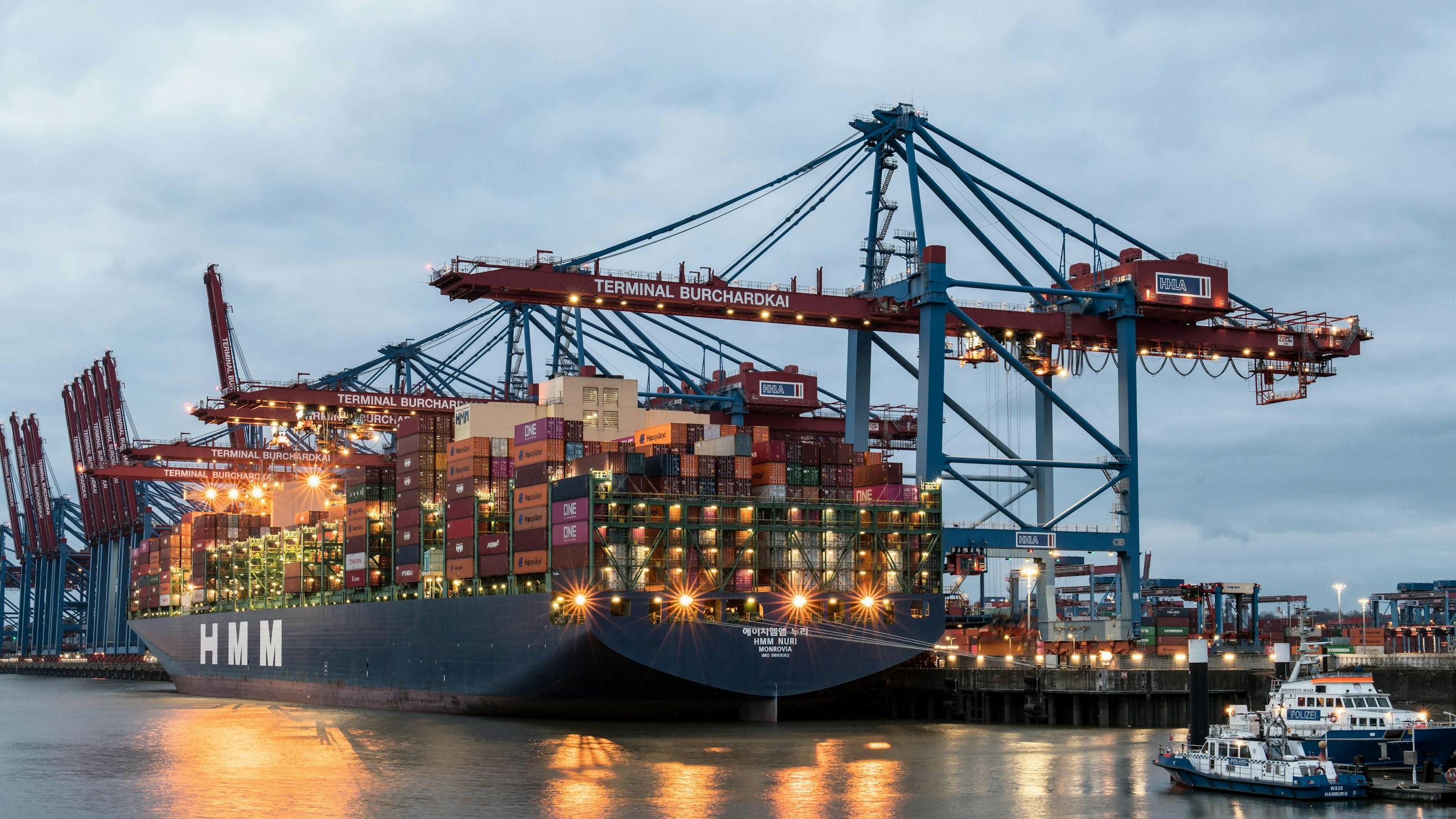
Source: Wolfgang Weiser/Pexels
This depth allows companies to send cargo on these vessels directly between Peru and China, bypassing the need for smaller ships to go through Mexico or California first.
China’s Trade Power Increases
Cosco, a giant in the China Ocean Shipping Group, owns the majority of this megaport, promising to speed up trade between Asia and South America.

Source: Freepik
China is already a top trade partner for most of South America, but this new port could potentially put the US in a tricky situation.
China’s Future With Peru
Soon after the port was agreed to in 2019, Chinese state media was flooded with predictions of Peru’s future as a hub in Chinese-South American trade.
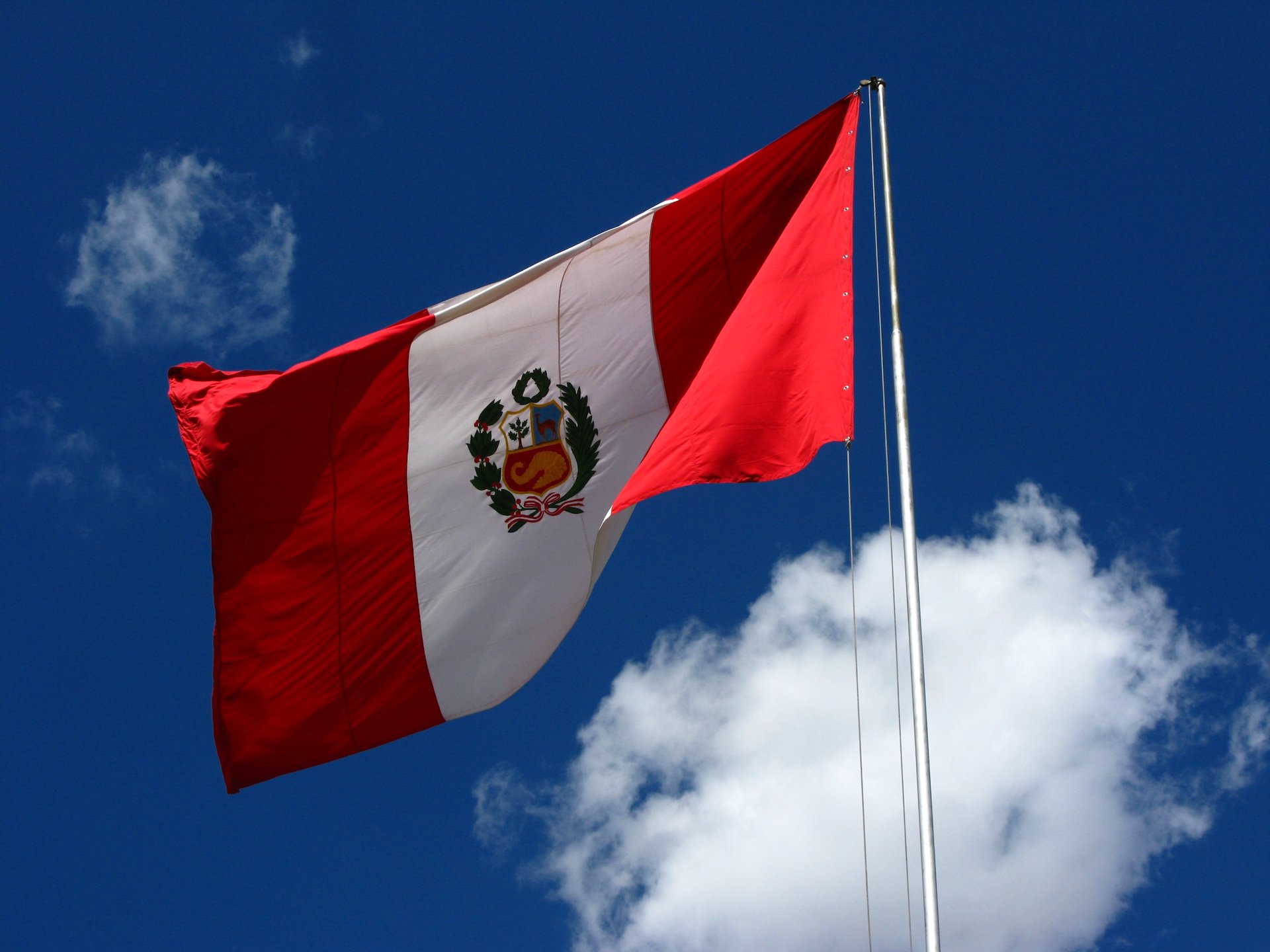
Source: Wikimedia Commons
“Peru could be the anchor for such a corridor not only because of its geographical location but also because of its relations with China,” said an English-language commentary published in China Daily (via The Wall Street Journal).
In the Importance of This Trade
The importance of this trade cannot be overstated. Customers from as far away as Brazil could shorten sailing time across the Pacific to trade everything from fresh fruit to important minerals.
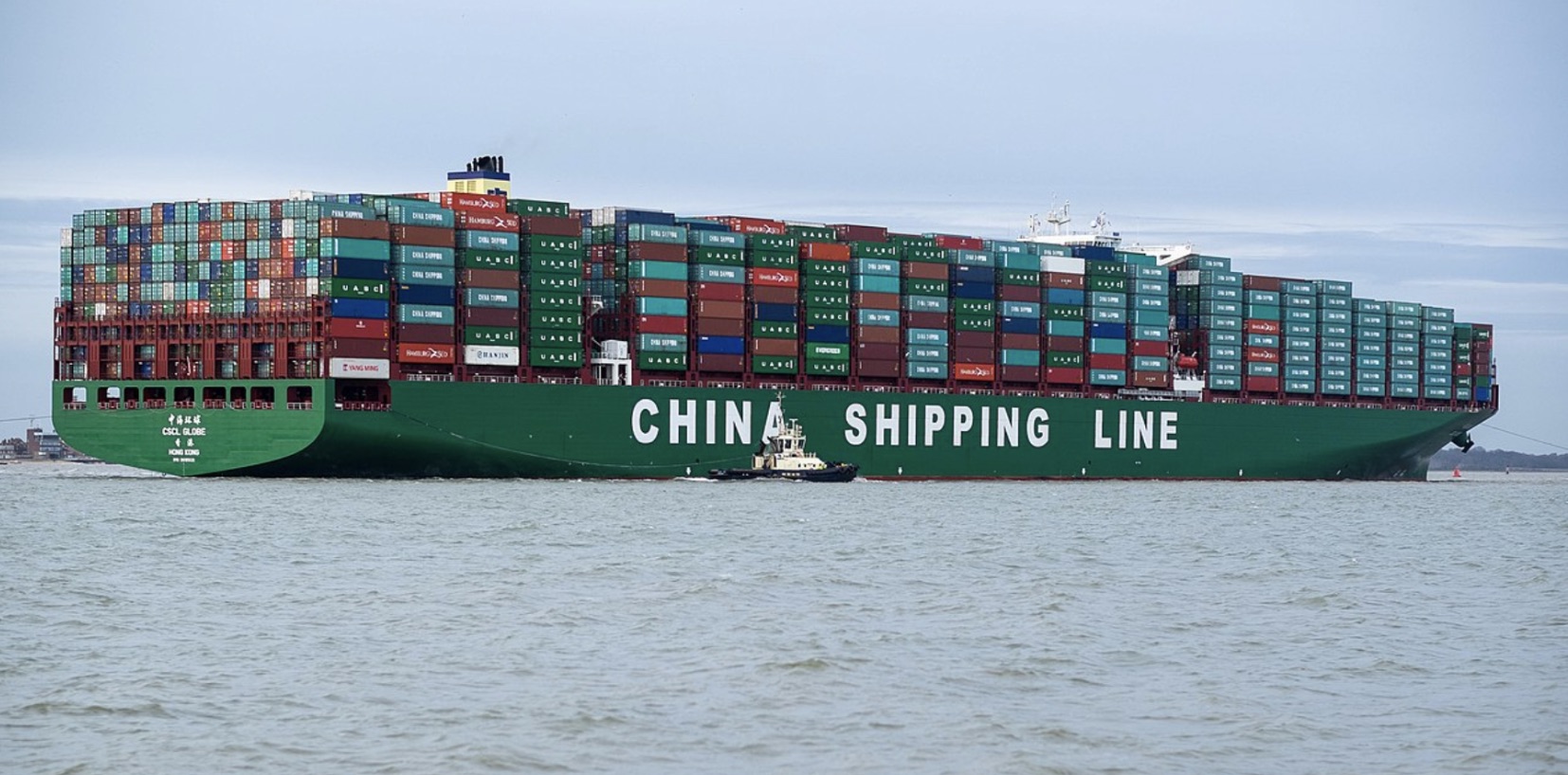
Source: Wikimedia
South American countries will also benefit, as a flood of cheap Chinese manufactured goods would become available, and new markets, like electric vehicles, could open up.
The US Concerns
“This will further make it easier for the Chinese to extract all of these resources from the region, so that should be concerning,” Army Gen. Laura Richardson, who heads the US Southern Command, said at a Florida International University security conference.
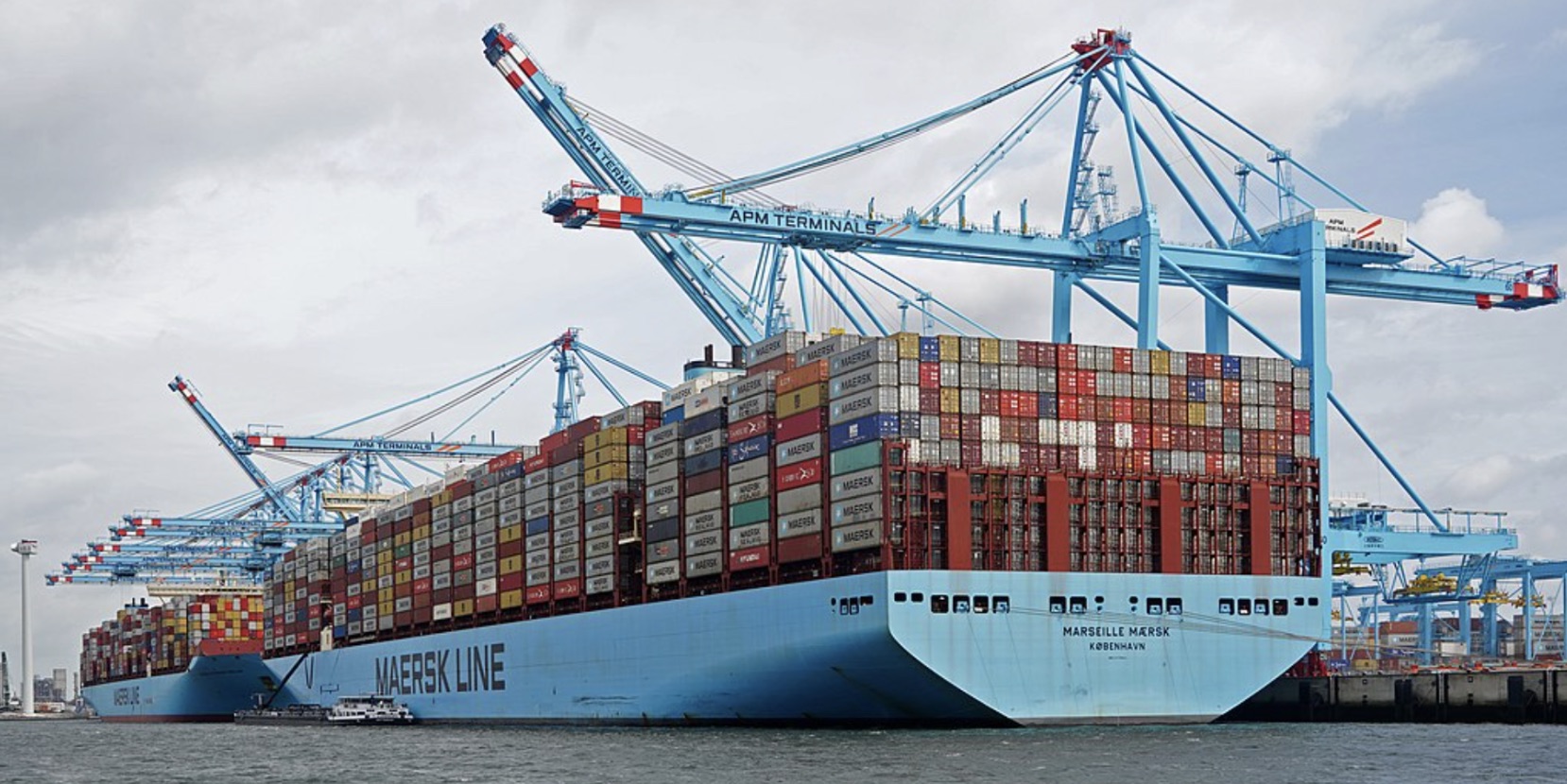
Source: Wikimedia
But this isn’t the only threat that the US is worried about.
The Global Commerical Hub and More
The US worries that the megaport could potentially further China’s control over what might become South America’s first global commercial hub.
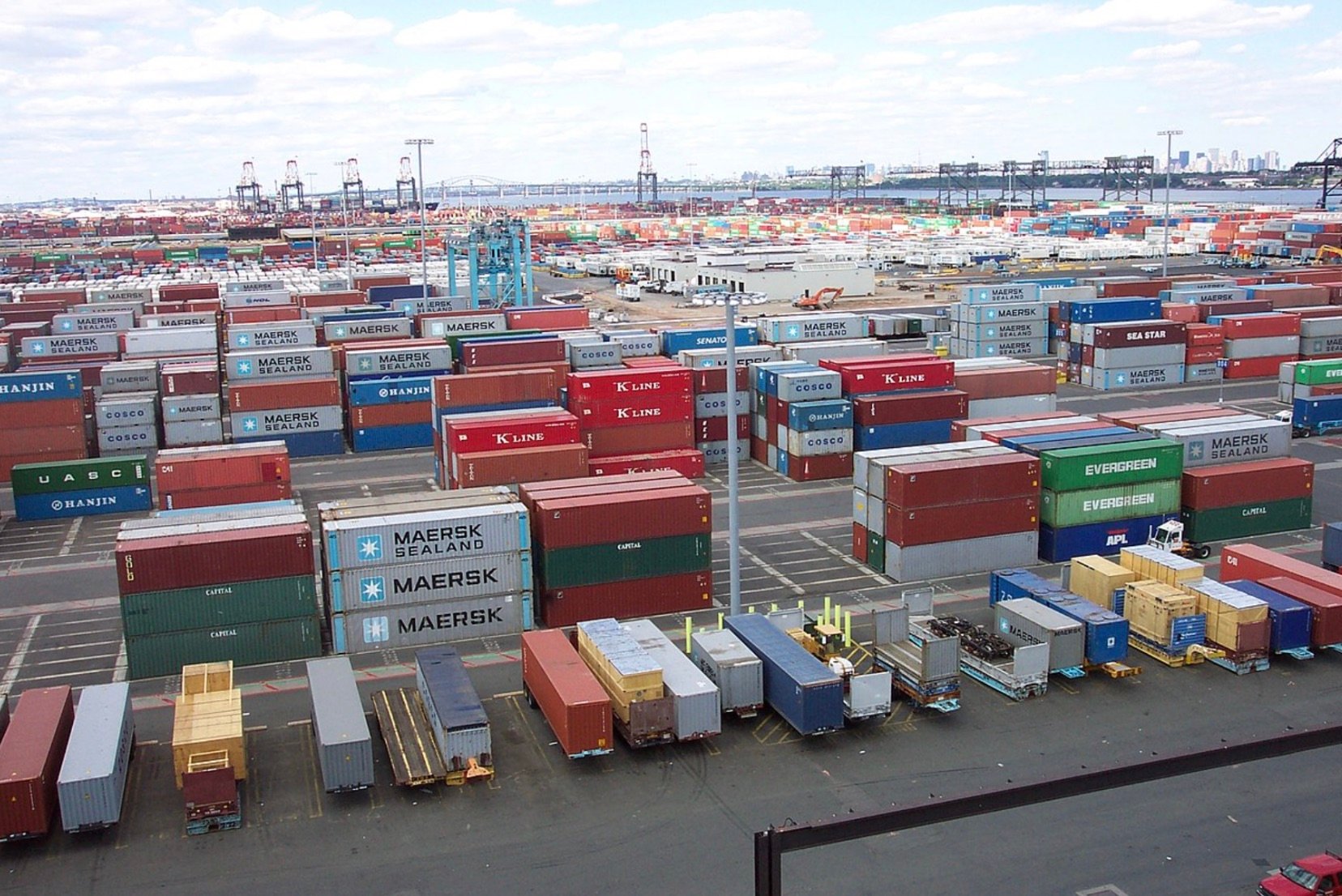
Source: Wikimedia
This would allow Beijing to strengthen its influence over the region’s resources, affecting America’s closest neighbors, and potentially leading to the establishment of a nearby military presence.
Not Enough Eyes on Peru
A project by former American officials highlights a diplomatic void that has caused the US to focus on resource efforts elsewhere instead of focusing on Latin American countries.
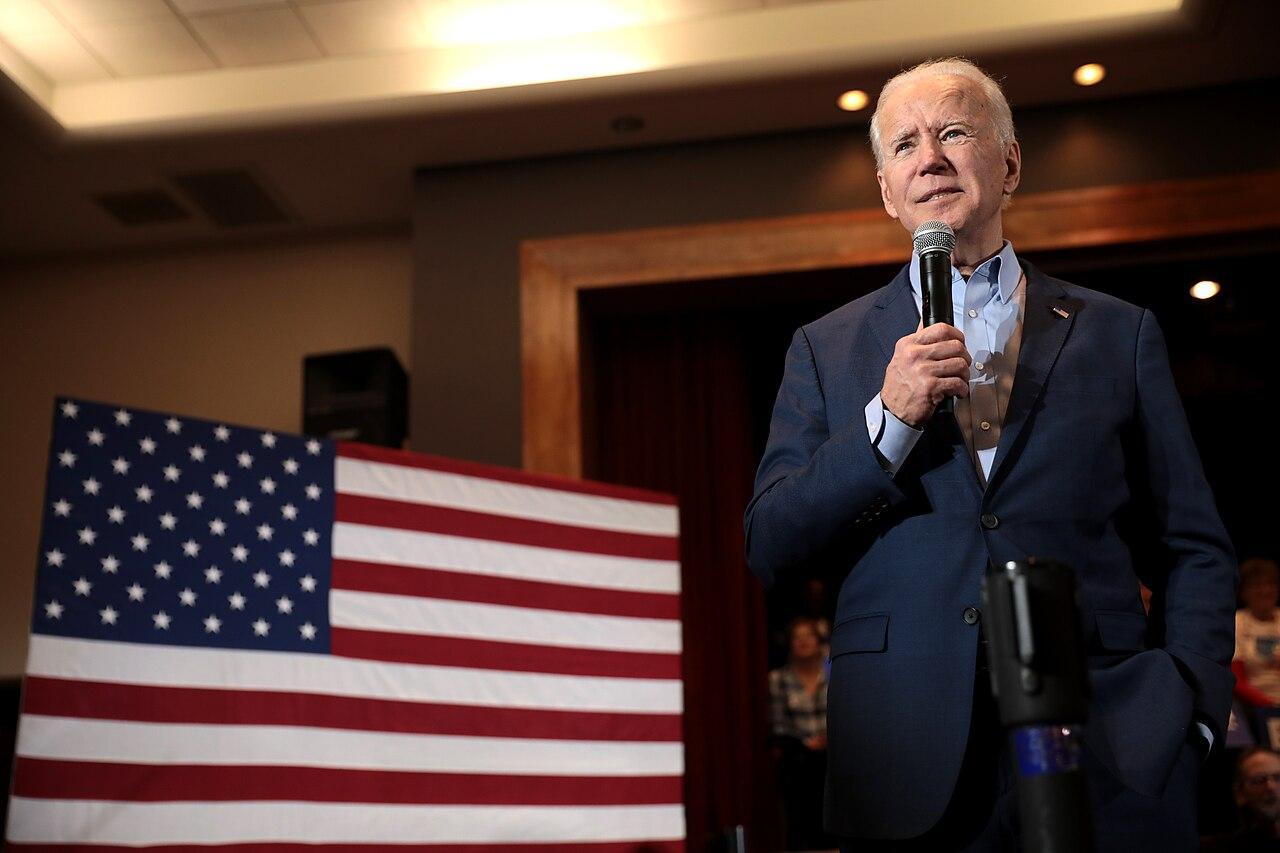
Source: Wikimedia
Most of the US’s efforts have focused on the Middle East and Ukraine.
The Megaport “Changes the Game”
“This changes the game,” said Eric Farnsworth, a former high-ranking State Department diplomat who now leads the Washington office of the Council of the Americas think tank.
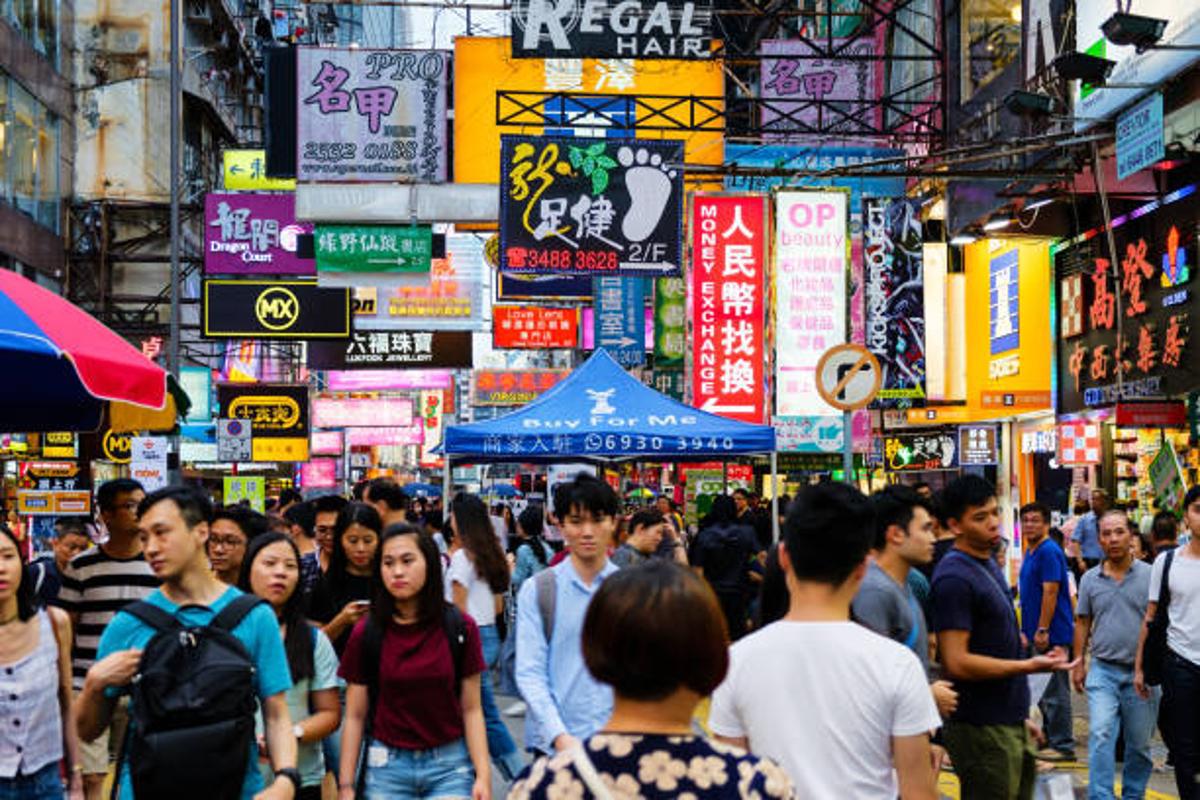
Source: iStock
“It really platforms China in a major new way in South America as the gateway to global markets. It is not just a commercial issue at that point, it is a strategic issue.”
Peru Isn’t As Concerned as the US
While Peru has brushed aside the US concerns, Congress in Peru has to approve the arrival of a foreign military.
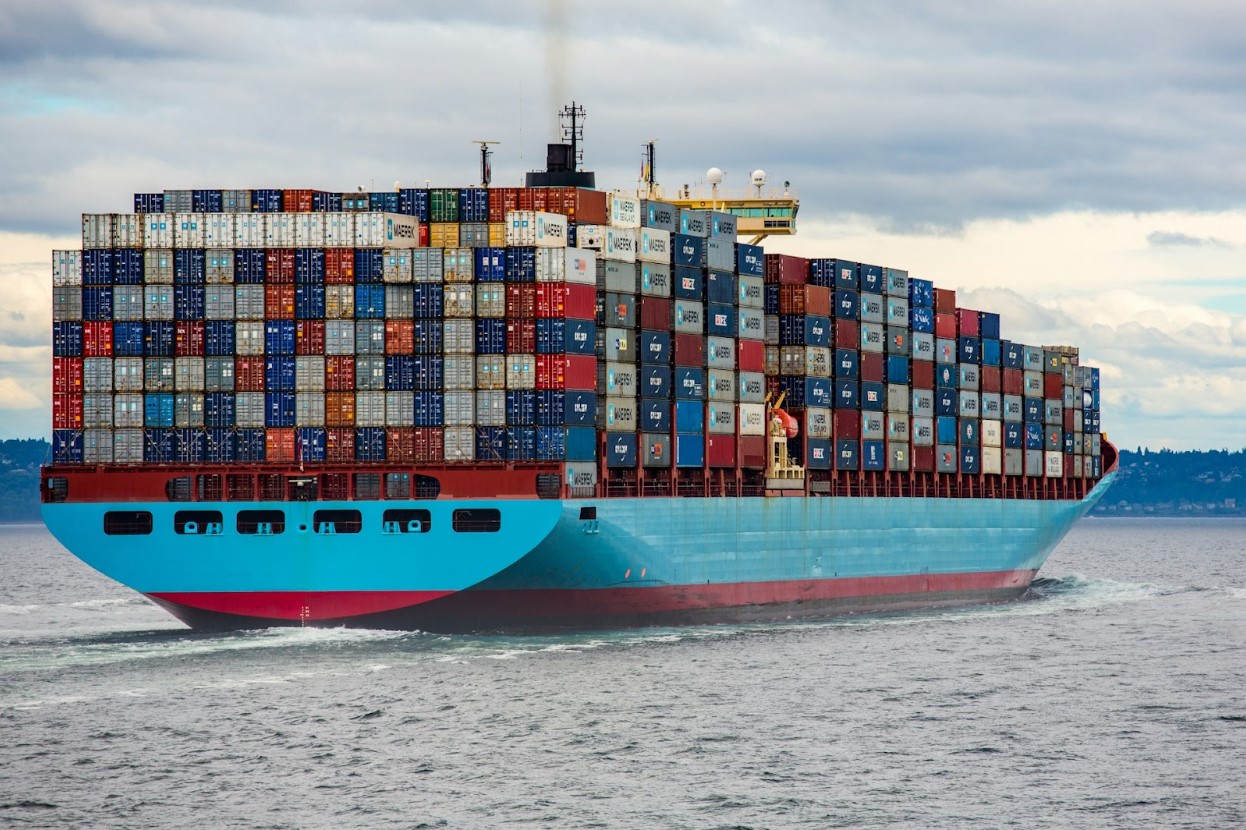
Source: Ian Taylor/Unsplash
“This is a commercial project to promote development,” said Gonzalo Rios, Cosco’s deputy general manager in Peru. “There is nothing to hide here.”
Peru Invites the US to Invest
Peru’s Foreign Minister Javier González-Olaechea said that the US could step up its investments in the country if it is concerned about China’s growing involvement.

Source: Ministerio de Relaciones Exteriores/Flickr
“The United States is present almost everywhere in the world with a lot of initiatives, but not so much in Latin America,” González-Olaechea said in an interview. “It’s like a very important friend who spends little time with us.”
